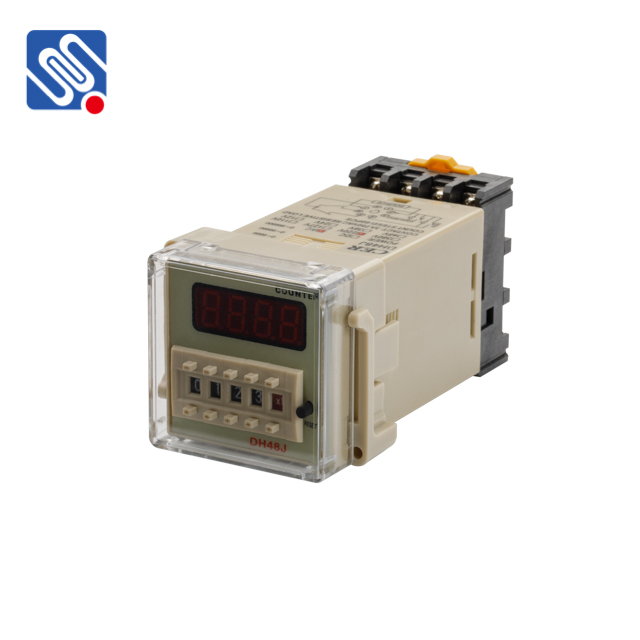Relays are integral components in modern electrical systems, functioning as electromagnetic switches to control high-power circuits with low-power signals. They find widespread use in automation, control systems, and electronic devices. A critical aspect of relay operation is its relay voltage, which refers to the voltage applied to the relay’s coil to activate it. Understanding relay voltage is essential for selecting the right relay for a given application and ensuring reliable operation. This article explores the concept of relay voltage, its significance, and how it impacts relay performance.

What is Relay Voltage? Relay voltage refers to the voltage required to energize the electromagnetic coil inside a relay. The coil creates a magnetic field when voltage is applied, which then causes the relay’s contacts to either open or close, enabling or disabling a circuit. The relay coil’s voltage rating is critical to the operation of the relay and can vary depending on the type of relay and the application. Relays come in two main categories based on the type of electrical current used to energize the coil: DC Relays (Direct Current): These relays require a direct current (DC) voltage to operate. Common voltage ratings for DC relays include 5V, 12V, 24V, and 48V.